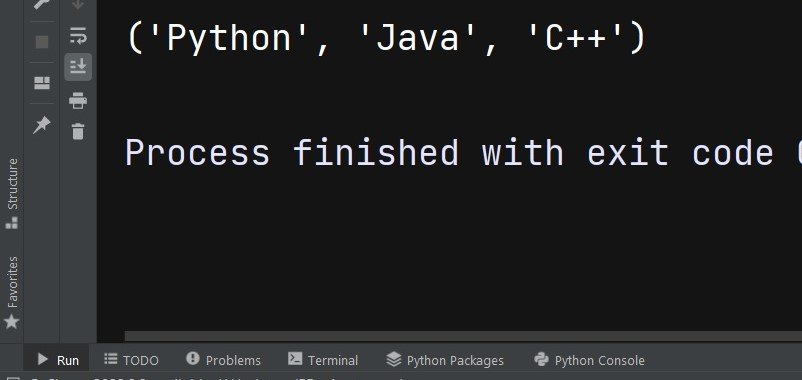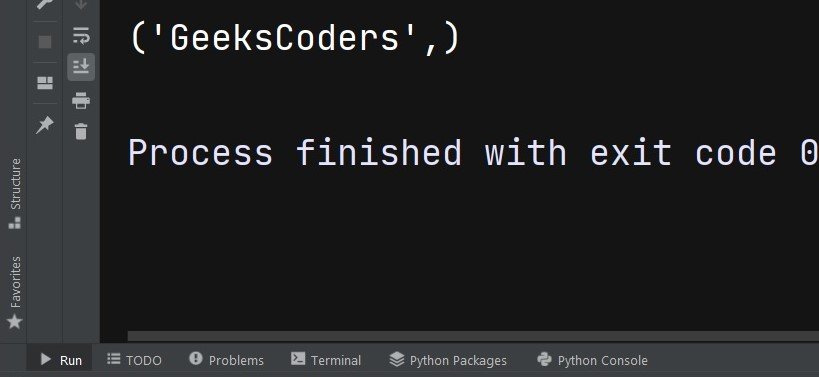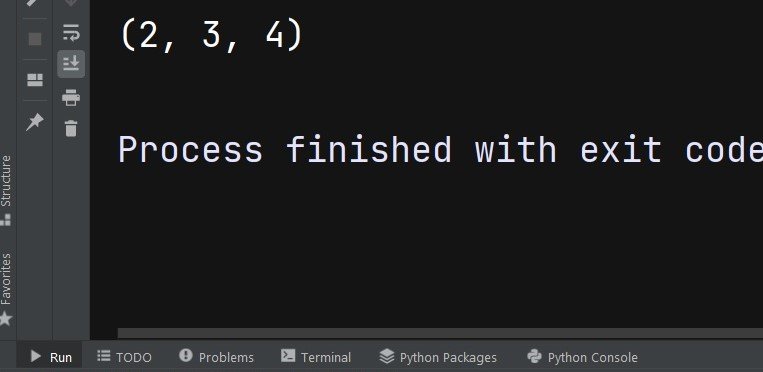In this Python Tuples article we want to learn about Ultimate Guide to Python Tuples, Python is popular programming language that has different data structures including lists, dictionaries and sets. Tuple is one of the data structures in Python. In this article we want to cover everything you need to know about Python tuples, including what they are, how to create them and how to use them effectively in your code.
What is a Tuple?
Tuple is an ordered, immutable sequence of values. in other words it is similar to list, but once a tuple is created, it cannot be modified. Tuples are often used to group related data together, such as a coordinate pair or date and time.
You can create tuples using parentheses and comma separated values. this is an example of tuple containing two integers:
|
1 |
my_tuple = (1, 2) |
Tuples can also be created without parentheses, by simply separating the values with commas. this is an example of a tuple containing three strings:
|
1 2 |
my_tuple = "Python", "Java", "C++" print(my_tuple) |
This will be the result

It’s also possible to create a tuple with just one value, but you need to include comma after the value to distinguish it from regular variable. this is an example:
|
1 2 |
my_tuple = ("GeeksCoders",) print(my_tuple) |
This will be the result

You can access individual elements of a tuple using indexing, just like with list. first element has an index of 0, second has an index of 1, and so on. this is an example of accessing the second element of a tuple:
|
1 2 |
my_tuple = (1, 2, 3) print(my_tuple[-1]) |
This will be the output

You can also use negative indexing to access elements from the end of the tuple. last element has an index of -1, second to last has an index of -2, and so on. this is an example:
|
1 2 |
my_tuple = (1, 2, 3) print(my_tuple[-1]) # Output: 3 |
Like lists you can slice tuple to access a range of elements. syntax for slicing a tuple is the same as for slicing a list. this is an example:
|
1 2 |
my_tuple = (1, 2, 3, 4, 5) print(my_tuple[1:4]) |
This will be the result

Tuple Methods
Tuples are immutable that means they cannot be modified once created. as a result tuples have fewer methods than lists. however there are still some useful methods you can use with tuples.
count() method returns the number of times a value appears in a tuple. this is an example:
|
1 2 |
my_tuple = (1, 2, 3, 2, 4, 2) print(my_tuple.count(2)) # Output: 3 |
index() method returns the index of the first occurrence of a value in a tuple. this is an example:
|
1 2 |
my_tuple = (1, 2, 3, 2, 4, 2) print(my_tuple.index(2)) # Output: 1 |
Now let’s create practical example with Python Tuples, in this example the function calculate_area() takes two arguments length and width, and calculates the area and perimeter of a rectangle. this function returns a tuple containing the area and perimeter, which are then unpacked into separate variables using tuple unpacking.
|
1 2 3 4 5 6 7 8 |
def calculate_area(length, width): area = length * width perimeter = 2 * (length + width) return area, perimeter rectangle = (4, 5) area, perimeter = calculate_area(*rectangle) print(area, perimeter) |
This will be the result

Advantages of Tuples
There are several advantages of using tuples over other data structures in Python:
- Tuples are immutable which means they cannot be modified once created. this makes them safer to use in situations where you need to ensure that the data cannot be changed accidentally.
- Tuples are faster than lists for certain operations such as accessing elements and iterating over the data.
- Tuples can be used as keys in dictionaries, whereas lists cannot. this can be useful in situations where you need to use a complex data structure as a key.
